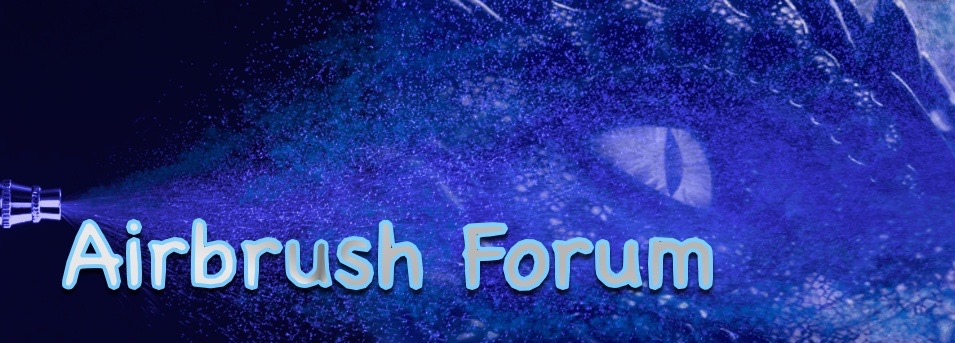I polish all of my airbrushes needles, as well as re-profile them slightly. I typically start off with 1500g wet sandpaper, then 2000, then 2500, then switch over to diamong lapping pastes, working down to 1/10th of a micron. Yes, it's a bit of work, but IMO makes a notable difference.
I do all of mine by hand. I used a drill once, but saw the needle turn into a very sharp, fast moving propeller after an accidental bump. So, I decided that maybe the old fashioned way was better for me.

.
On some airbrushes you can polish the nozzle as well. Eddy Wouters wrote an article on tuning airbrushes quite a few years back. If I remember right, it was in Airbrush Digest. It's almost impossible to find an original copy of the magazine these days, but if you dig around enough, you might be able to find it on the net somewhere. I've asked Eddy for a copy of the article, but for some reason there are complications with copyright laws and whatnot, so he can't provide them. But, I'd highly recommend every airbrusher at least read the article. If nothing else, it gives a lot of insight into the specific physics of how, exactly, airbrushes work.
Polishing the cup, though, is a waste of time. For one, it won't make a lick of difference in your airbrushes performance. And two, it will look exactly the same in a week, anyway. Especially if you've already worn through to the brass. Try it if you'd really like to, though.

